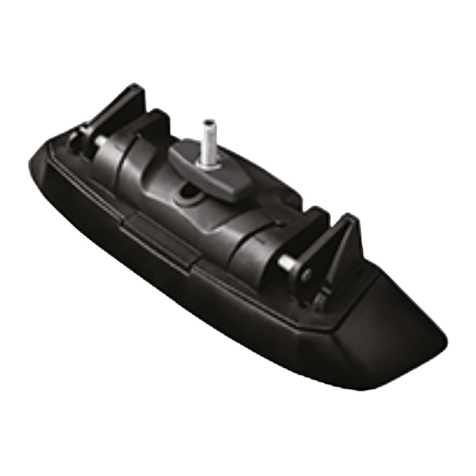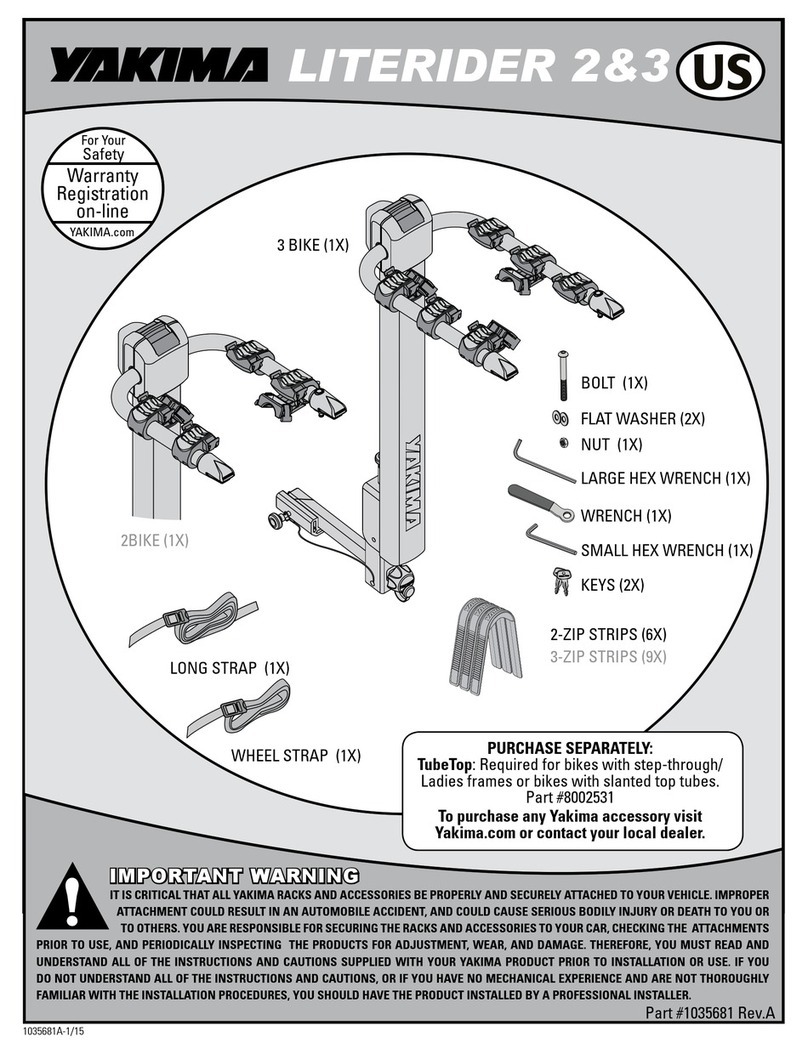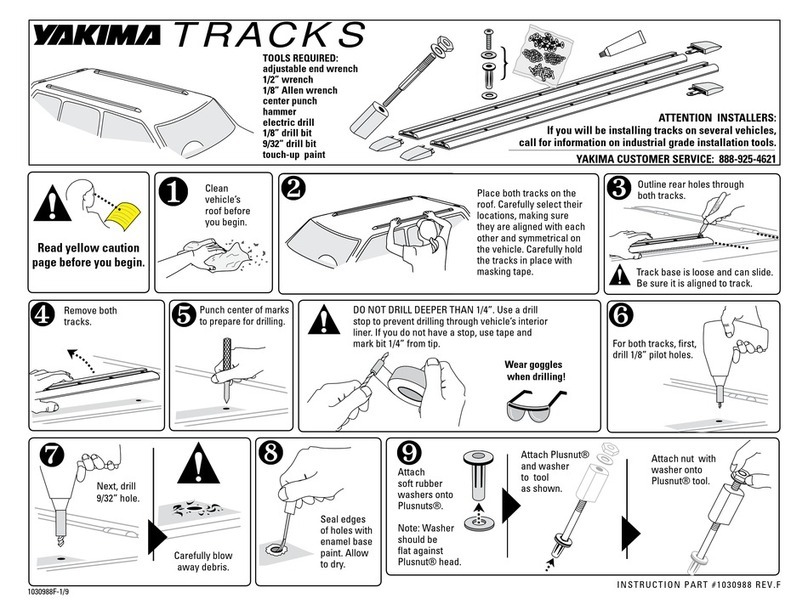Yakima forklift User manual
Other Yakima Automobile Accessories manuals
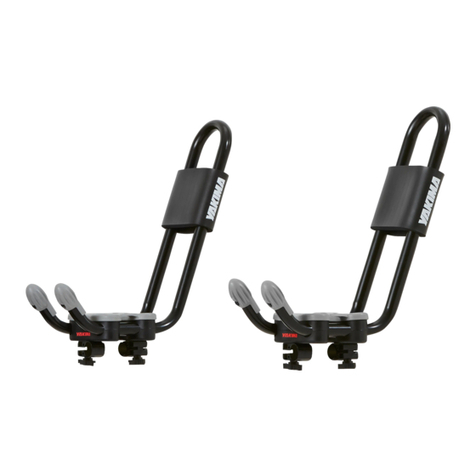
Yakima
Yakima HullRaiser User manual

Yakima
Yakima AceO’Spades User manual
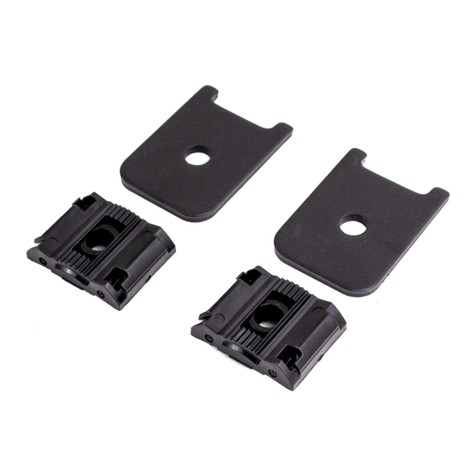
Yakima
Yakima LockNLoad SL Adapter, 2-Pack User manual
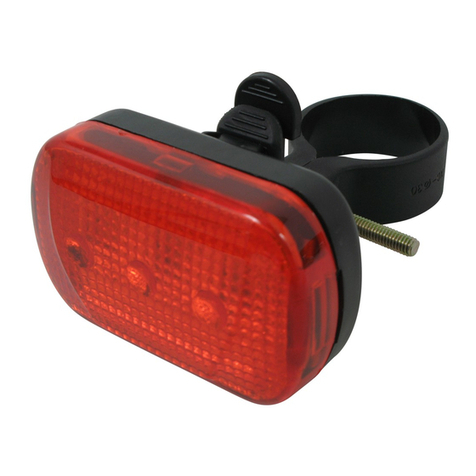
Yakima
Yakima 8880206 User manual
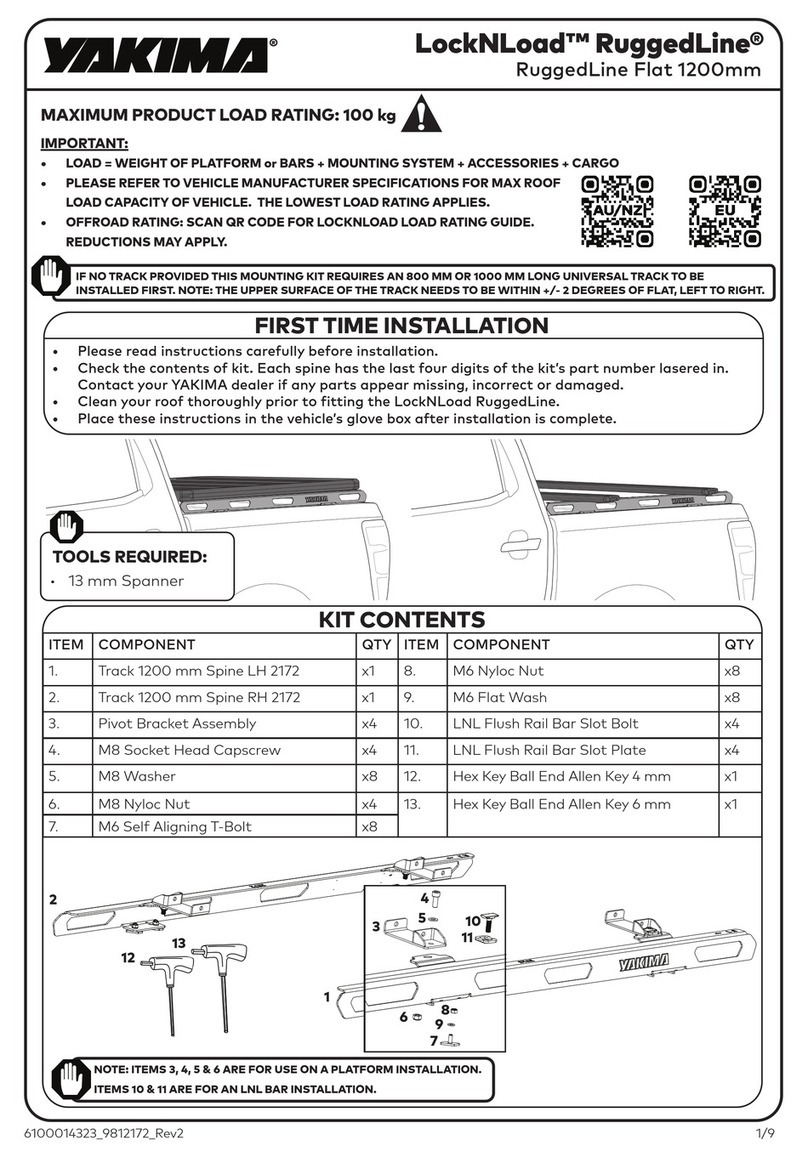
Yakima
Yakima LockNLoad RuggedLine Flat 1200mm User manual
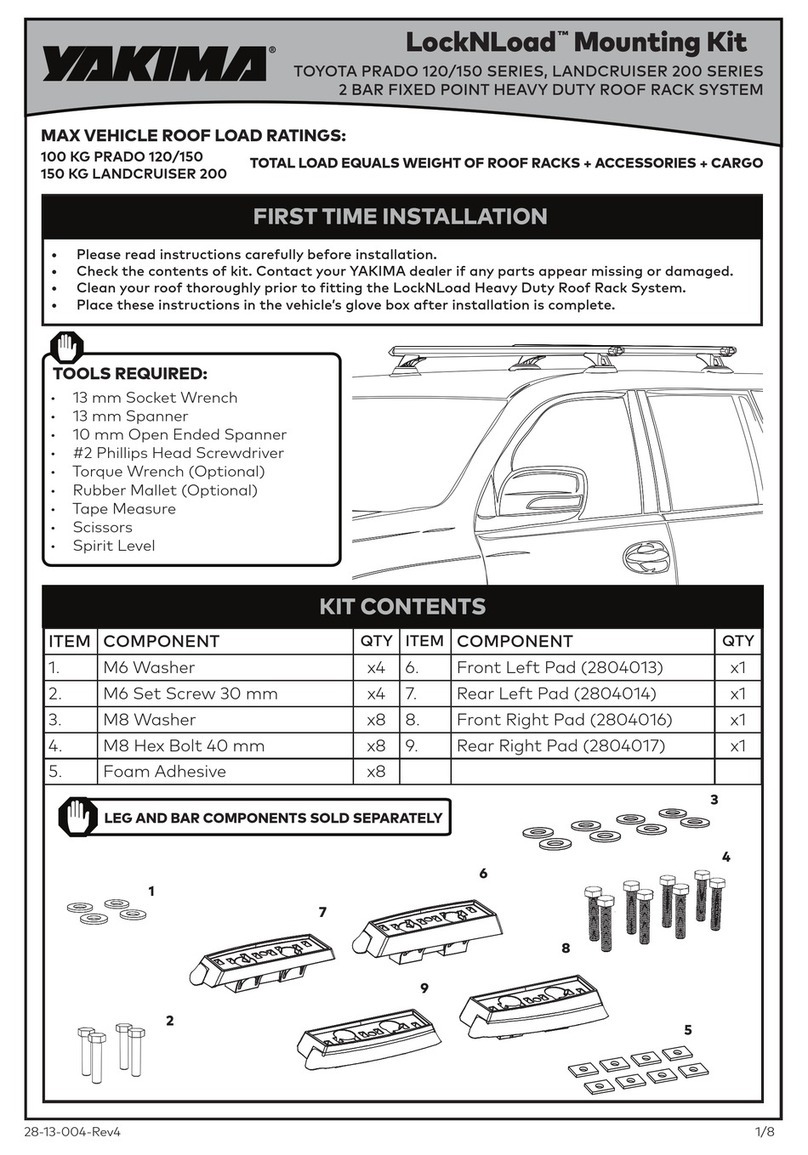
Yakima
Yakima LockNLoad 8000312 User manual
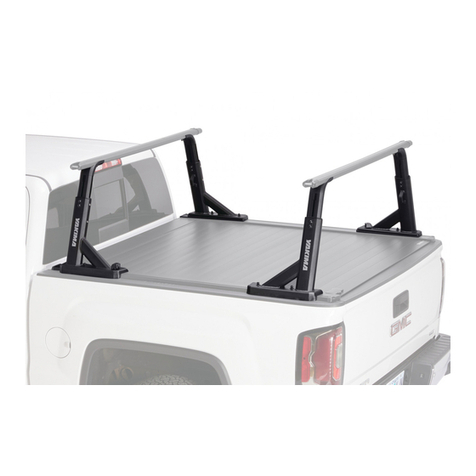
Yakima
Yakima OverHaul HD User manual
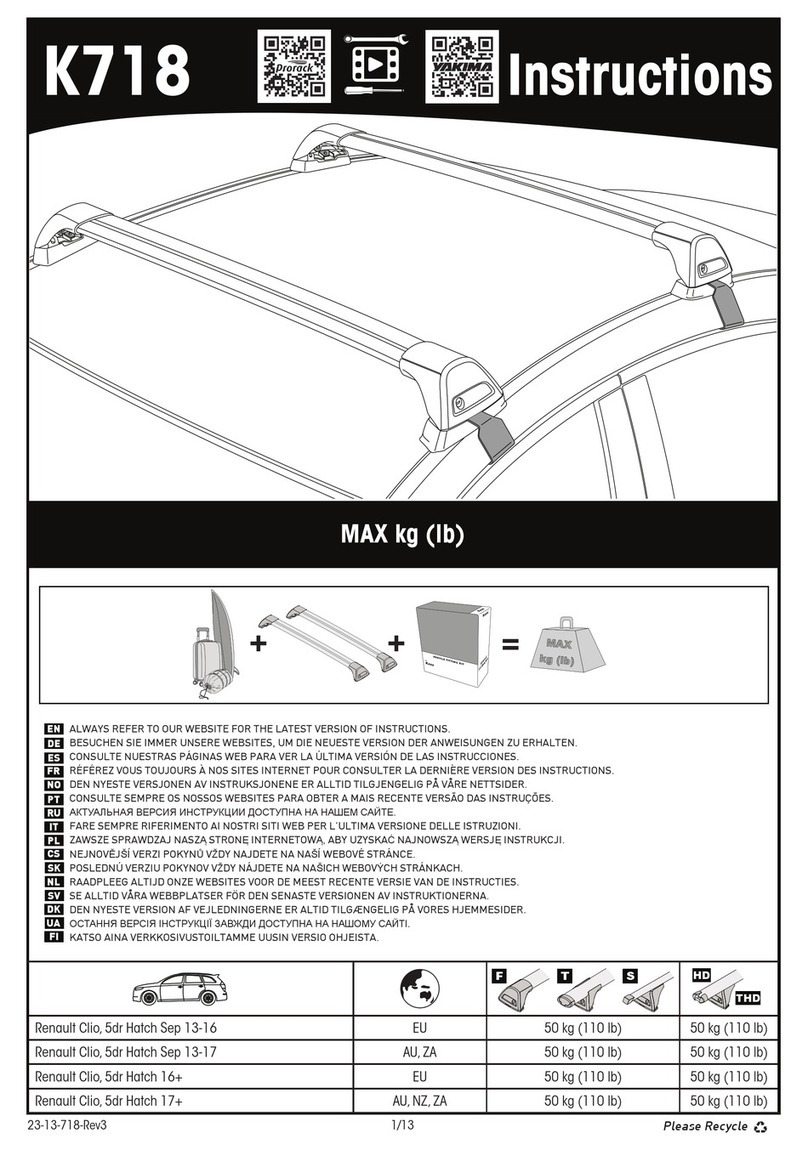
Yakima
Yakima K718 User manual

Yakima
Yakima JayHook User manual

Yakima
Yakima K1187 User manual
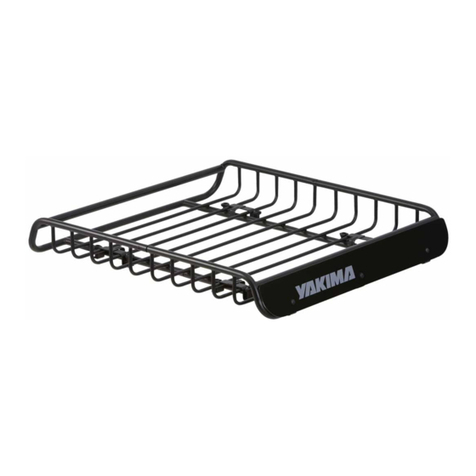
Yakima
Yakima LoadWarrior User manual

Yakima
Yakima FlipSide 4 User manual
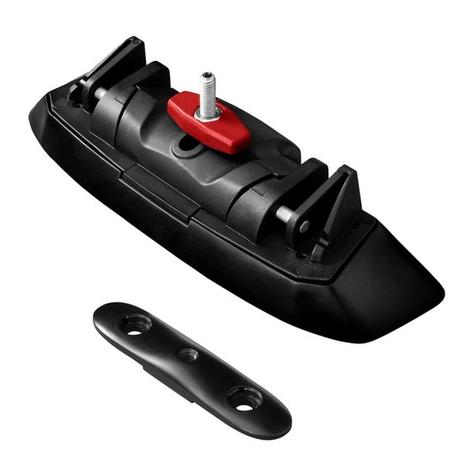
Yakima
Yakima Whispbar K880 User manual

Yakima
Yakima Boat Loader User manual
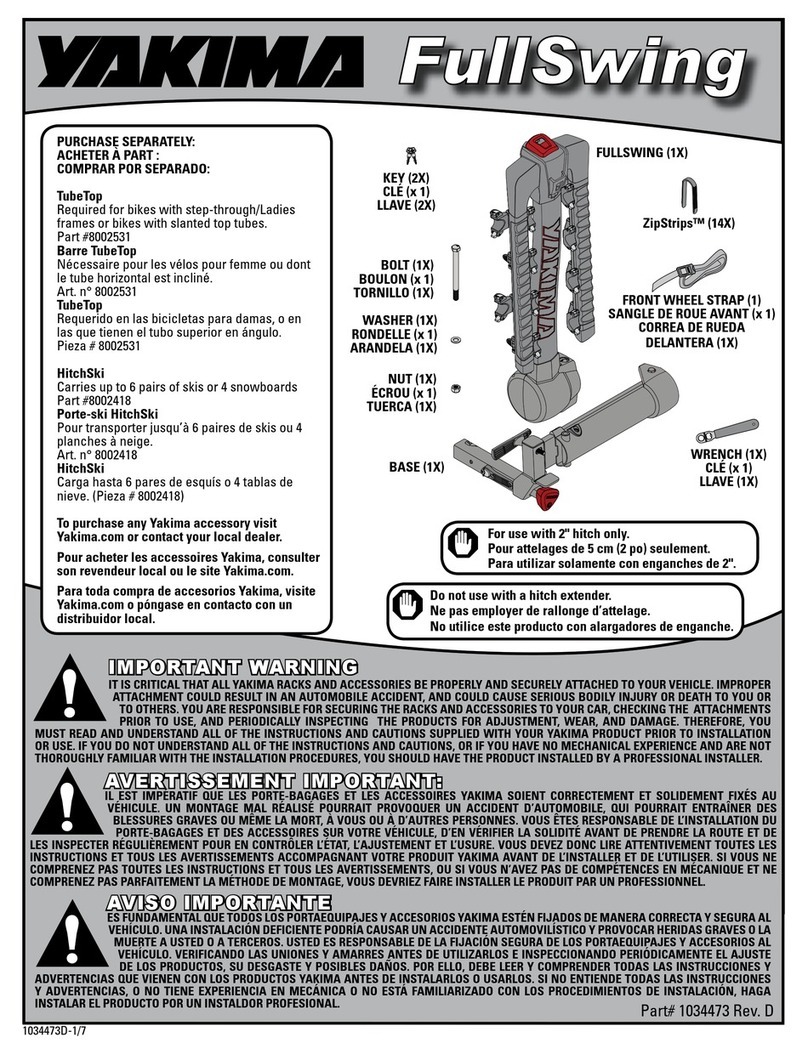
Yakima
Yakima FullSwing User manual
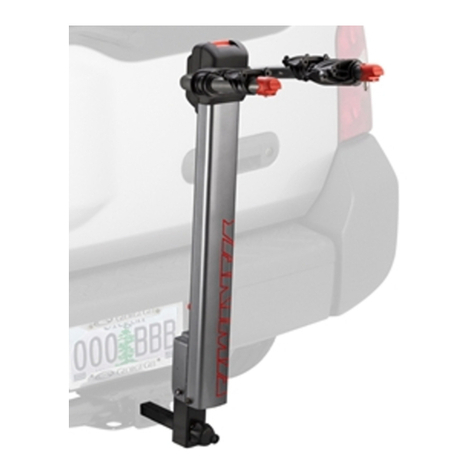
Yakima
Yakima HighLite 2&3 User manual
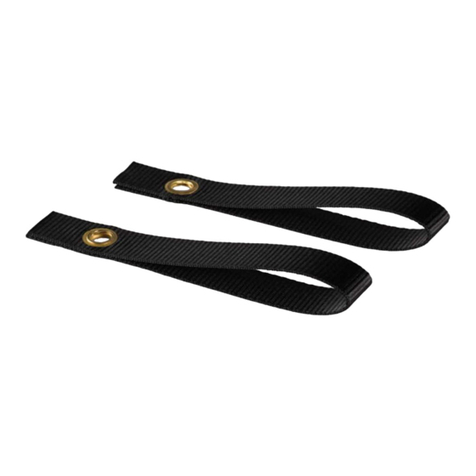
Yakima
Yakima 8004046 User manual
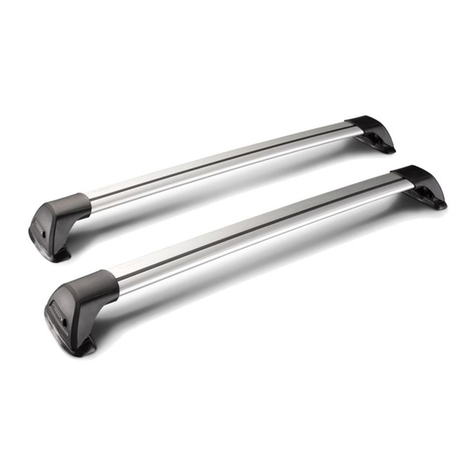
Yakima
Yakima Whispbar K571W User manual
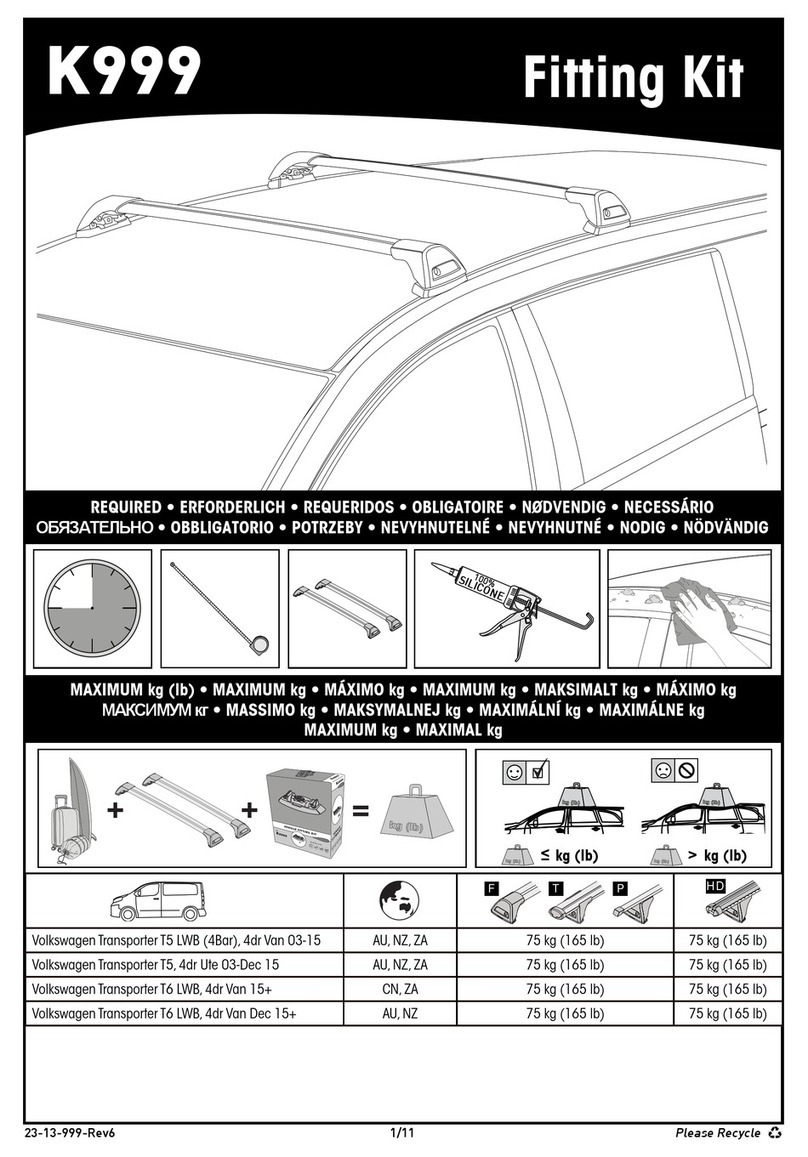
Yakima
Yakima K999 User manual
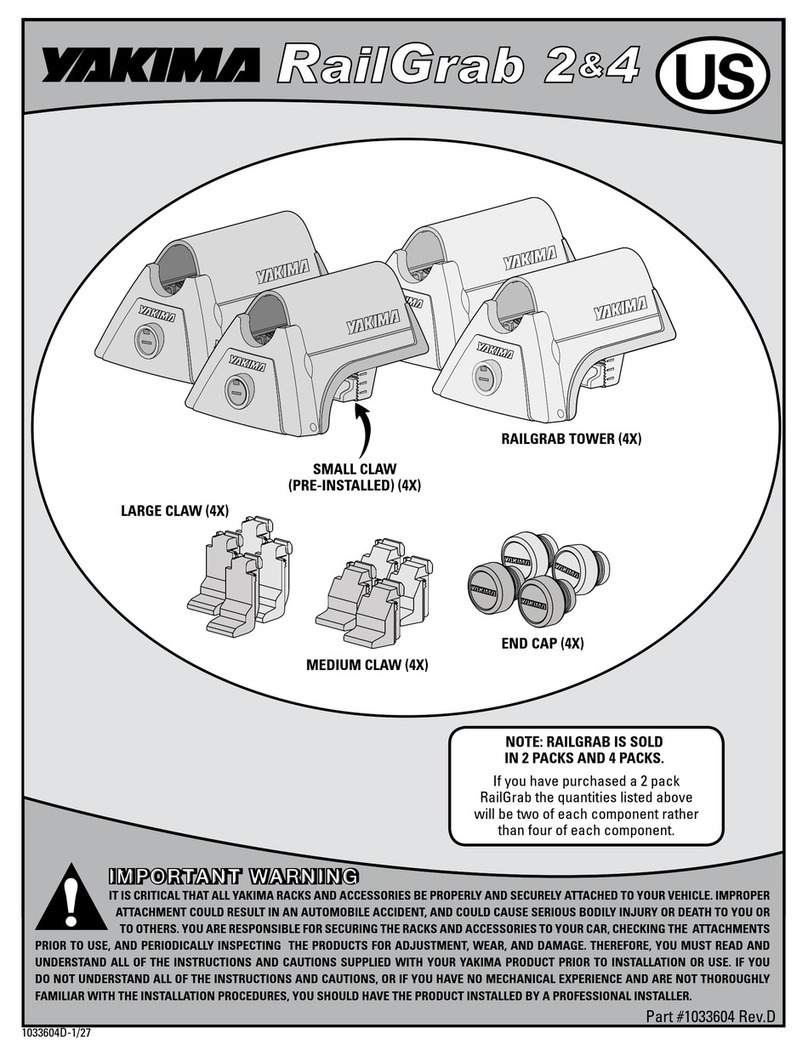
Yakima
Yakima RailGrab 2 User manual
Popular Automobile Accessories manuals by other brands

ULTIMATE SPEED
ULTIMATE SPEED 279746 Assembly and Safety Advice

SSV Works
SSV Works DF-F65 manual

ULTIMATE SPEED
ULTIMATE SPEED CARBON Assembly and Safety Advice

Witter
Witter F174 Fitting instructions

WeatherTech
WeatherTech No-Drill installation instructions

TAUBENREUTHER
TAUBENREUTHER 1-336050 Installation instruction
